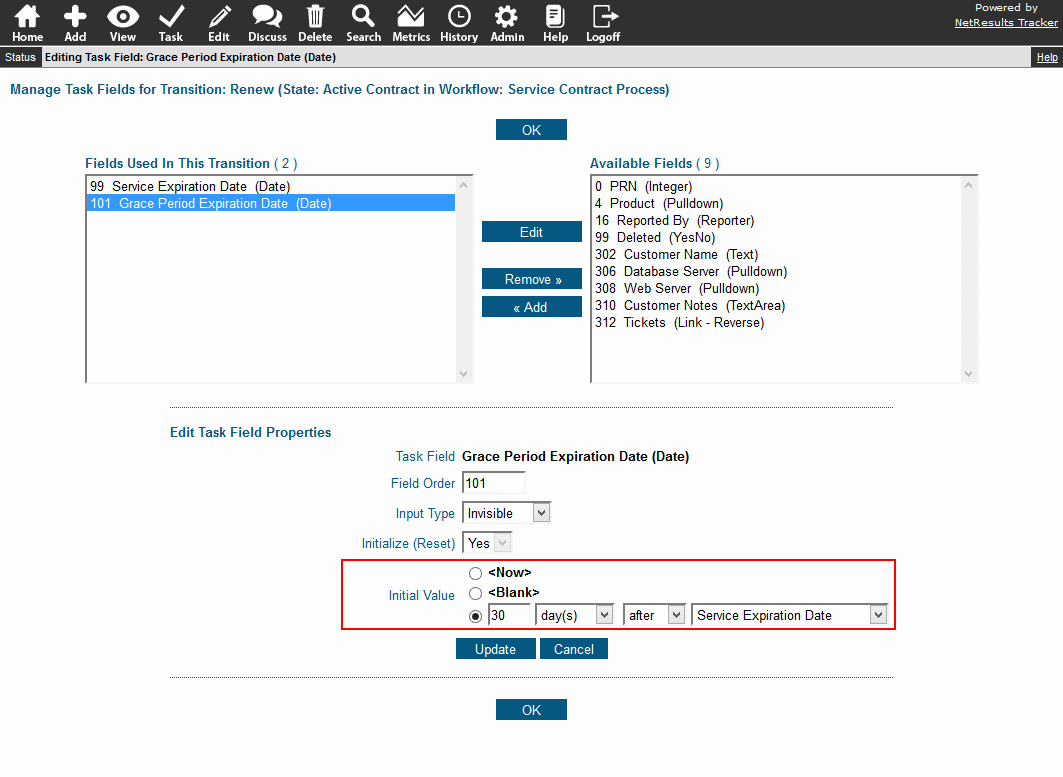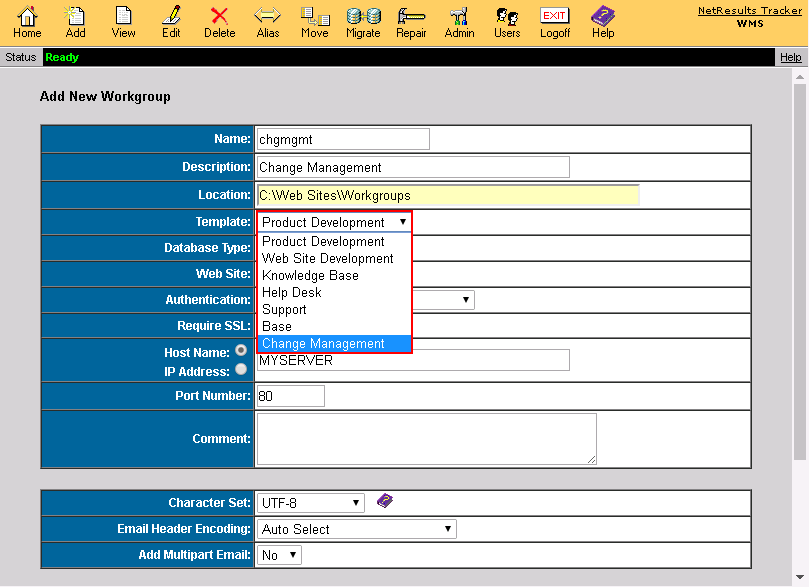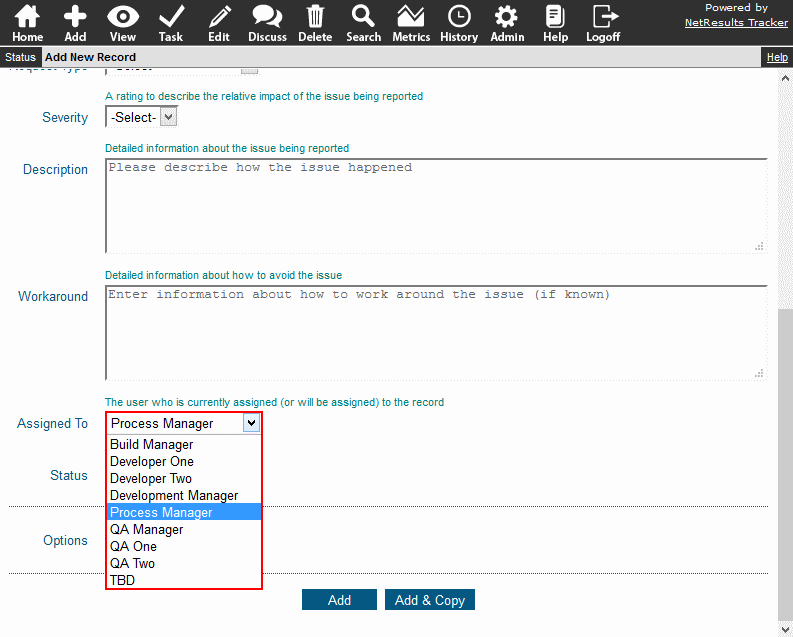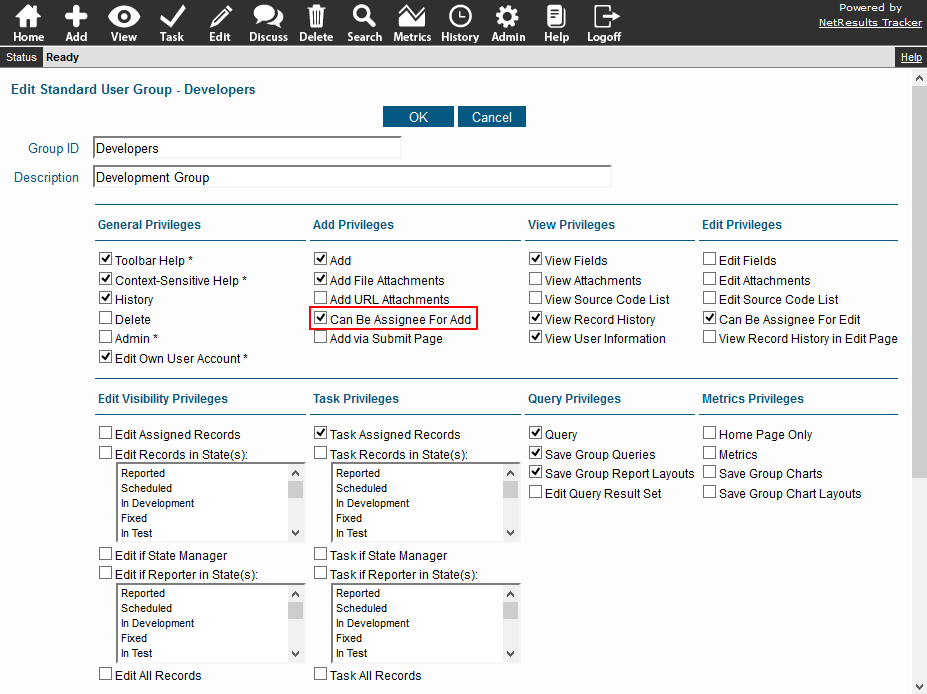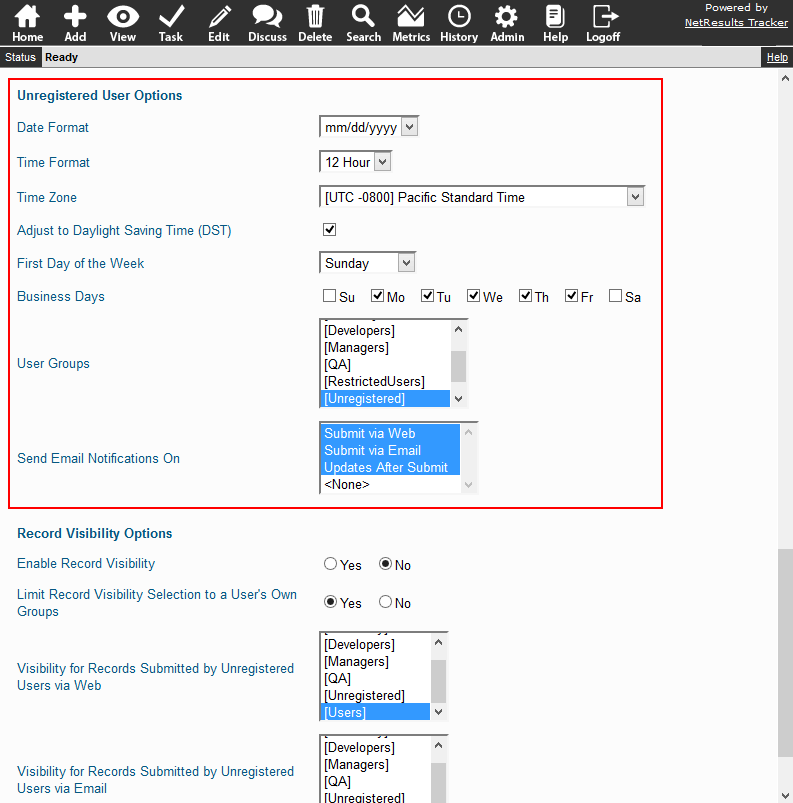Records can be marked as deleted so they don't show up in reports, but still remain in the system.
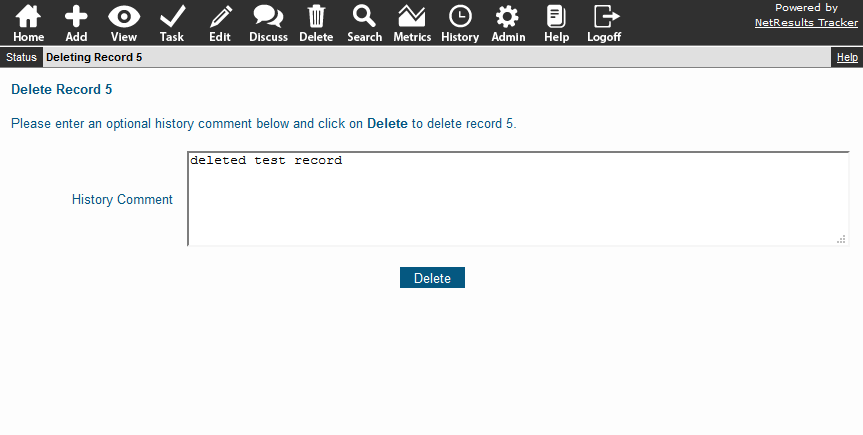
When the Delete operation is used, it is set to do a "soft" delete by default. The Deleted field in the record is set to "Yes" so that the record is not displayed in reports, but the record can still be accessed, if needed. You can edit the record to set the Deleted field back to "No" at any time.
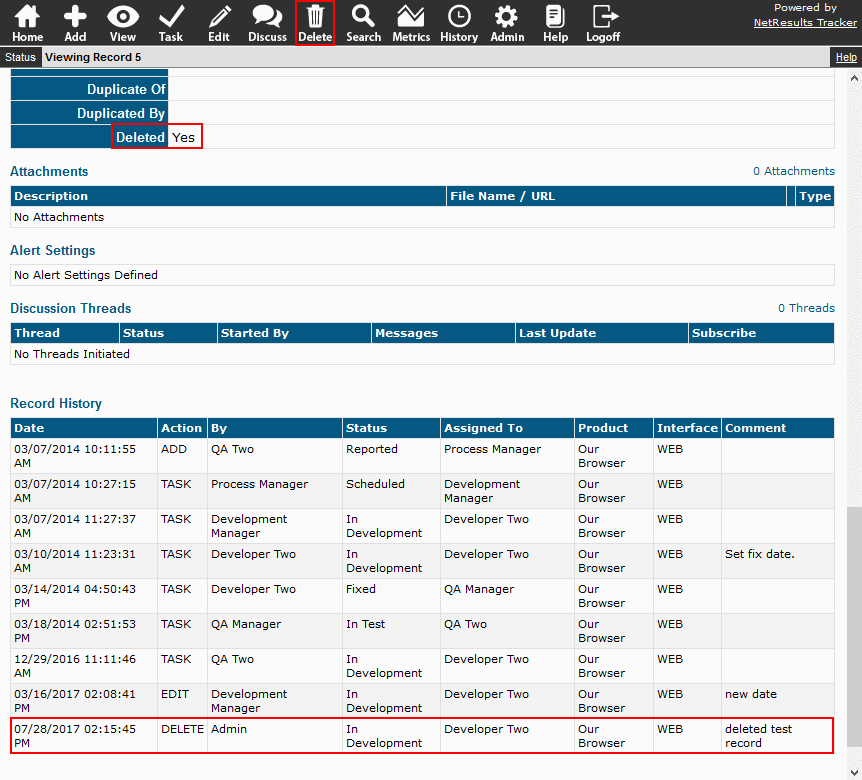
A record can be permanently deleted using the steps below. PLEASE NOTE: The steps below CANNOT be undone except by restoring a backup of your data.
- Login as Admin and click on the Admin icon.
- Click on the General Preferences link.
- Set the option "Remove Records from Database on 'Delete' Operation" to "Yes".
- Click OK to save the change.
- Use the Delete operation to permanently delete desired records.
- Click on the Admin icon.
- Click on the General Preferences link.
- Set the option "Remove Records from Database on 'Delete' Operation" back to "No".
- Click OK to save the change.
More information can be found in the Permanently Deleting Records section of the Online Help Guide.

